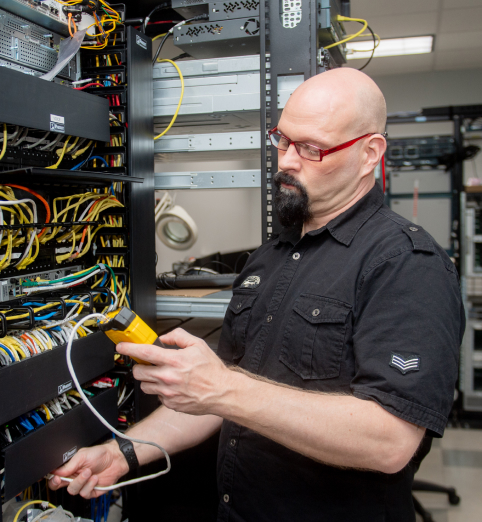There’s an old adage that if you want something done right, do it yourself. And though that may be a popular sentiment, I’m here to call it out for all it’s worth.
Here’s a quick story, my wife wanted a shed built in the backyard—a simple project to create a place to keep the usual stuff like lawn mowers, rakes, garden tools, and anything of mine that she didn’t want in the house (I know there are those out there who feel my pain). So, like any good spouse, I took it upon myself to hit up the local Home Depot, get myself some wood and screws, and go to work on creating the ultimate outdoor man cave … I mean storage shed. After all, how hard can it be, right?
Well, after a full weekend of profanity-laden rants, a blackened finger nail, and a minor threat from my beloved partner saying, “I’ll be at my mother’s house until I you get your $%^& together,” I realized that the old adage of “doing it yourself” was not necessarily the best way to go about things. So all pride aside, I reached out to a professional carpenter and within a weekend had the shed that dreams are made of. (I have simple dreams.)
So, what’s this story got to do with my role as a CEO of an IT firm, other than prompting my peers to laugh and taunt me at my next golf game? The moral is no different when it comes to IT infrastructure.
There doesn’t seem to be a day that goes by when we don’t receive a call from an IT department at a major telecom, utility company, or data center requesting help in architecting and building a major project. As a caveat, they rarely, if ever, try on their own as they are apparently not as cocky as I am in my pseudo-carpenter skills.
In fact, they believe that calling in the professionals is the first step to success. The complexity and depth of IT architecture can be seemingly boundless, and calling in those who have the credentials means faster completion times, faster time to market, and faster results that ultimately hit bottom line revenue.
When approaching any sizeable project there are always things to consider: cost restrictions, and not just total dollars spent, often there are caps on maintenance contracts, vendor selection, etc. After cost restrictions, there are often real-world limitations of the physical plant: building codes, materials, distance, power limitations, and simply the space available for equipment.
After you account for all those items, there is always the list of urgent requirements from all department heads: “more speed, better coverage, lower latency” are among the less colorful requests.
It’s the professionals who know how to manage this stuff, mitigate risk, and get the project done on time, on budget, and on plan. So my advice: Don’t bother with the DIY mantra. Team up with professionals who do it for a living.
Now, off to Home Depot’s plumbing department … just kidding. Seriously, If my wife is reading this … honey … I’m kidding!



